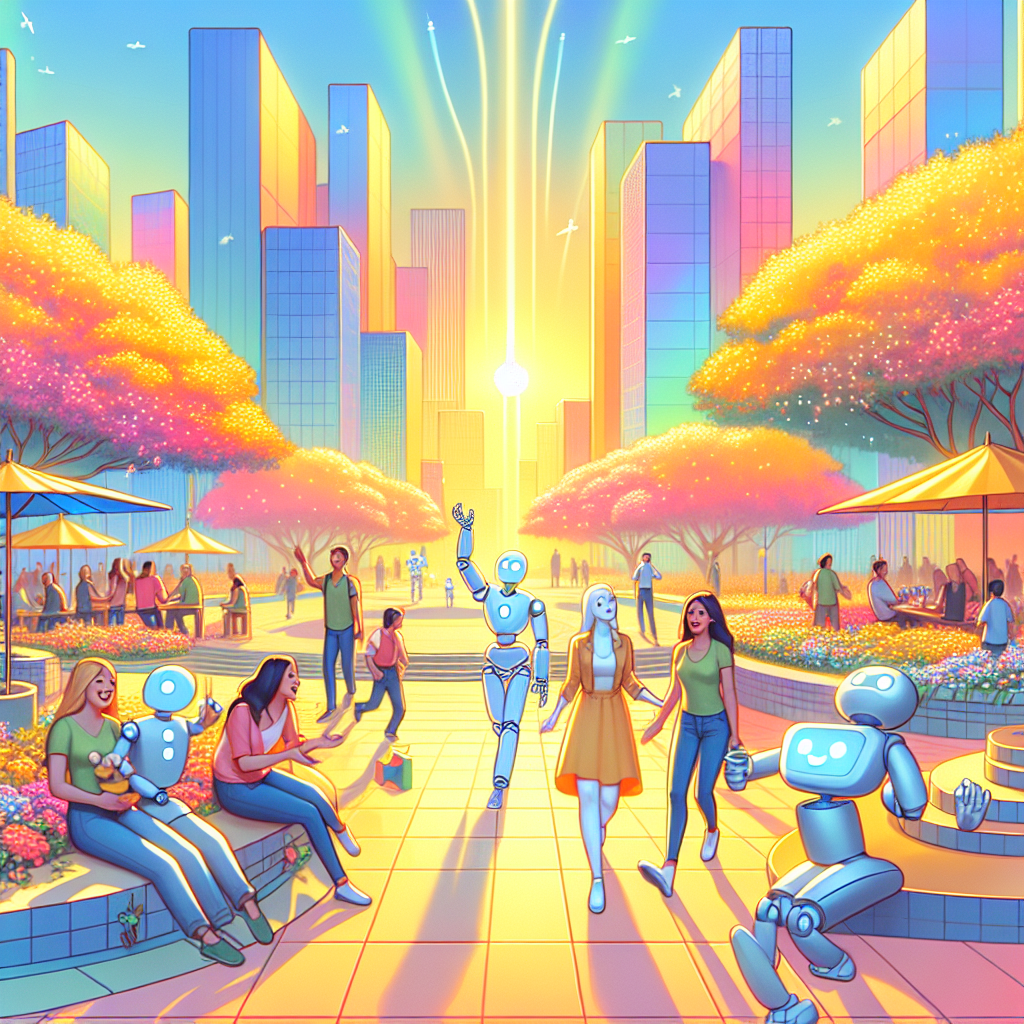Introduction to Claude 3.7
Claude 3.7, developed by Anthropic, represents a significant leap in artificial intelligence (AI) and natural language processing (NLP). This model is part of the Claude series, known for its advanced language understanding and safety features. Claude 3.7 is particularly notable for its hybrid reasoning approach, allowing it to operate in both fast standard mode and an extended thinking mode, where it can provide detailed, step-by-step reasoning for complex problems[1][3].
Evolution of Claude
Claude’s evolution began with Claude 1 in March 2023, followed by Claude 2 in July 2023. Each iteration has brought substantial improvements in language comprehension, safety, and contextual awareness. Claude 3.7 is the latest iteration, offering enhanced accuracy and nuanced understanding[1][3].
Key Features and Improvements
Hybrid Reasoning
Claude 3.7 introduces hybrid reasoning, enabling users to choose between fast responses and detailed, step-by-step analysis. This feature is particularly useful for complex problems that require deeper thinking, such as math and science reasoning[1][3].
Enhanced Context Handling
With a 200K token context window, Claude 3.7 can process extremely large documents or codebases in a single prompt, making it ideal for tasks like large-scale text analysis and software development[1].
Multimodal Capabilities
Claude 3.7 also supports multimodal input, allowing it to analyze images and extract information from visual data, which sets it apart from many text-only models[1].
State-of-the-Art Coding Skills
Claude 3.7 achieves top-tier performance in coding benchmarks like SWE-bench and TAU-bench, making it an exceptional tool for software development tasks[1].
Practical Applications
Claude 3.7 is being utilized in various industries:
- Healthcare: Assisting in patient interaction and information retrieval.
- Customer Service: Enhancing chatbots with accurate and personalized responses.
- Content Generation: Aiding content creators with ideation and drafting.
Example Use Case: Customer Service Automation
Here’s an example of how Claude 3.7 can be used for customer service automation using its API:
import requests
import json
# Constants for Claude API
API_URL = "https://api.claude.ai/v1/"
API_KEY = "your_api_key_here" # Replace with your actual API key
def query_claude(prompt):
# Define headers for the request
headers = {
"Authorization": f"Bearer {API_KEY}",
"Content-Type": "application/json",
}
# Create the payload with the user's prompt
payload = {
"model": "claude-3.7",
"prompt": prompt,
"max_tokens": 150, # Adjust for response length
}
# Fetch response from the Claude API
response = requests.post(API_URL + "generate", headers=headers, data=json.dumps(payload))
# Check for successful response
if response.status_code == 200:
return response.json().get("text", "")
else:
return f"Error: {response.status_code} - {response.text}"
# Example use case
if __name__ == "__main__":
user_query = "What are the return policies for international orders?"
response = query_claude(user_query)
print("Claude's Response:", response)
This code snippet demonstrates how Claude 3.7 can be integrated into a customer service system to provide accurate and personalized responses to user queries.
Comparison with Previous Versions
Claude 3.7 offers significant improvements over its predecessors:
| Feature | Claude 3.0 | Claude 3.5 | Claude 3.7 |
|---|---|---|---|
| Reasoning Mode | Standard | Standard | Hybrid (Standard + Extended Thinking) |
| Context Window | Smaller | Large | Up to 200K tokens |
| Coding Skills | Basic | Advanced | State-of-the-art |
| Multimodal Support | No | No | Yes |
Claude 3.7 surpasses earlier versions in terms of performance, especially in coding and complex reasoning tasks[1][3].
Performance Benchmarks
Claude 3.7 has achieved state-of-the-art results in real-world coding benchmarks and challenging reasoning tests. It outperforms previous versions, demonstrating improved accuracy and speed in generating responses[1][5].
Future Implications in AI
Claude 3.7 is expected to influence future AI developments by:
- Enhancing User Interaction: Improving how humans interact with AI systems through more nuanced and detailed responses.
- Advancing NLP Interfaces: Paving the way for more sophisticated NLP interfaces that can handle complex tasks and provide transparent reasoning.
Experts predict that models like Claude 3.7 will lead to greater integration of AI in everyday applications, enhancing user experience and functionality[1].
Conclusion
Claude 3.7 represents a significant milestone in AI and NLP, offering advanced features like hybrid reasoning, enhanced context handling, and state-of-the-art coding skills. Its practical applications across industries highlight its potential to transform how businesses and individuals interact with AI. As AI continues to evolve, models like Claude 3.7 will play a crucial role in shaping the future of NLP and AI interfaces.





